Can walking burn fat?
Can walking burn fat and what does it do to your body? We delve into the research and put all the need-to-know questions to the experts


Walking comes with its many benefits, but can walking burn fat?
From improving your cardiorespiratory fitness levels to lowering your blood pressure, the benefits of walking are wide and varied. In fact, we’d even go so far to say that this form of low impact activity is one of the most accessible types of fitness. Why? It can be done anytime, it's free to do, and all you really need is a pair of the best shoes for walking and you’re good to go.
However, while a gentle wander can keep you active, can walking actually burn fat? To get to the bottom of this debate once and for all, we’ve spoken to experts in the industry to try and debunk all the myths around this question. Whether you’re a fan of a brisk walk or heading off on a huge hike is your thing, keep reading to find whether you walking can burn fat, plus, find some tips on how to get more steps into your daily routine.
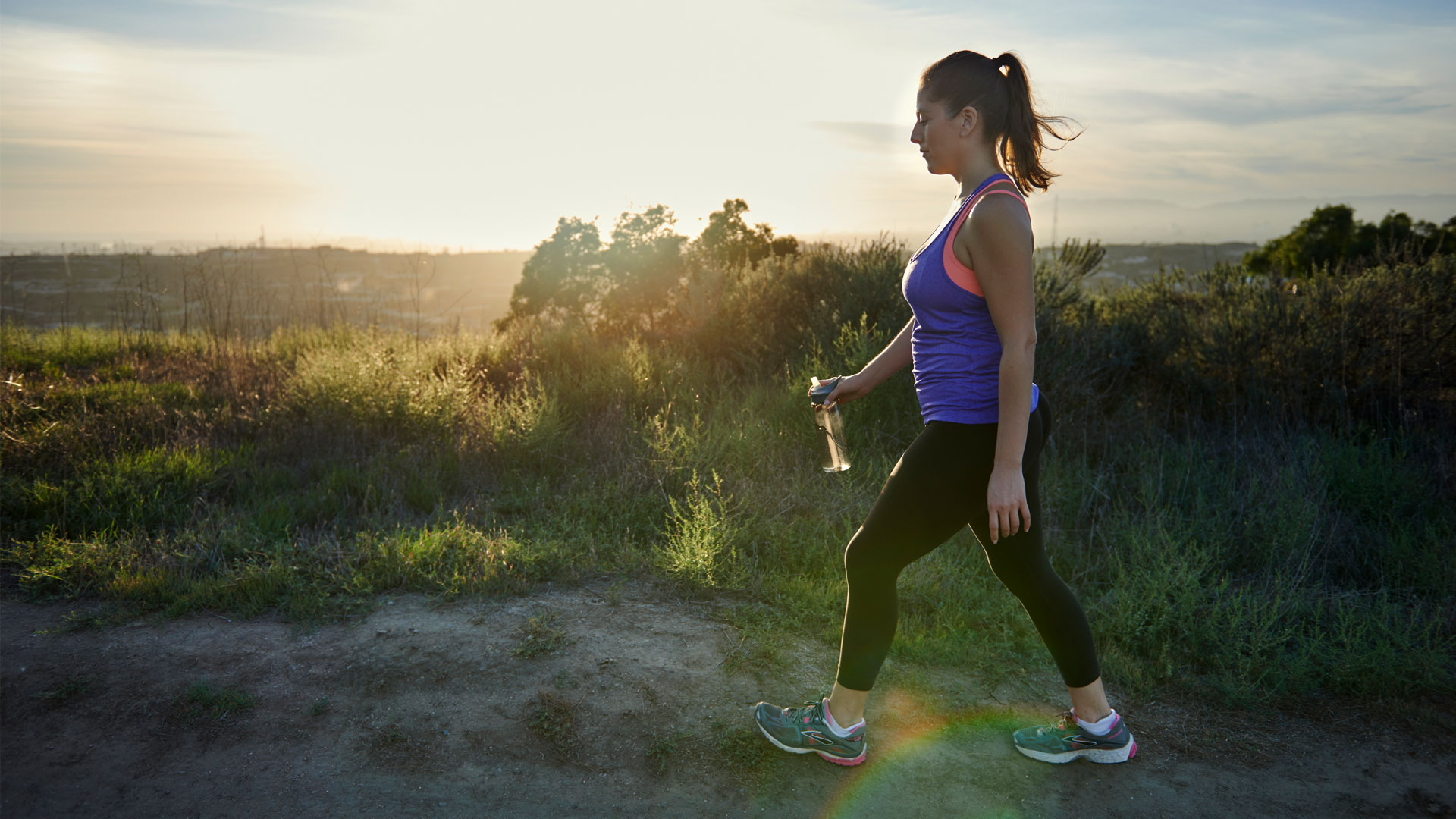
Can you burn fat by walking?
Chris Gagliardi, from the American Council on Exercise said: “Yes! You do burn fat while walking.”
“In fact, anytime you do physical activity your body uses a combination of fuels (fats and carbohydrates) to provide energy for the activity,” Gagliardi explains. “Even while at rest, the body uses both fats and carbohydrates for energy production. But as exercise intensity increases, a greater percentage of glucose, and a lesser percentage of fat, is used to fuel the activity. Simply put, lower intensity activities, such as walking, utilize a greater percentage of fat as fuel.”
And there’s research to prove Gagliardi’s point. According to one study published in the Journal for Strength and Conditioning, which looked at the energy expenditure between walking and running, those who walked at a brisk pace burned around 90 calories per mile. While a review found aerobic exercise – such as brisk walking – is ‘required’ for visceral fat (the fat stored deep inside the stomach area) reduction.
However, when it comes to figuring out how to lose fat – along with exercise – nutrition also plays a vital role. This was highlighted in one study which found that people on a calorie-controlled diet who walked for one hour five times a week across a 12-week period had ‘numerous additional health outcomes’ than those who followed the diet alone.
Get the Fit&Well Newsletter
Start your week with achievable workout ideas, health tips and wellbeing advice in your inbox.
And while this form of low-intensity fitness might not burn the most fat – as Gagliardi says: “This does not mean that you should not walk. Walking is a great form of exercise and any amount of it can lead to positive health changes. The secret, of course, is to participate in activities you enjoy at the right combination of frequency, duration, and intensity that allows you to be consistent and have fun.”
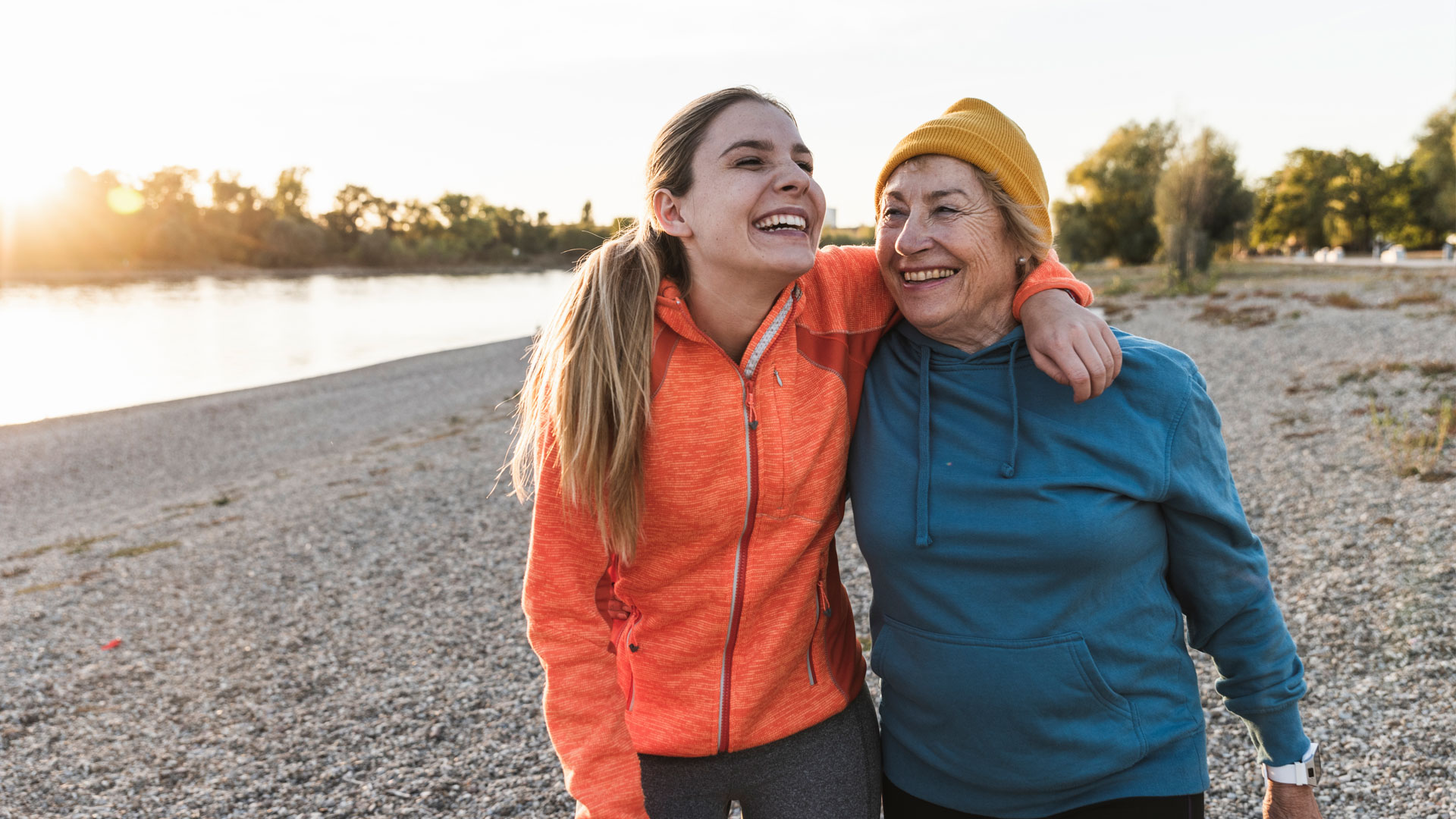
How long should you walk to lose weight?
Experts believe adults need 150 minutes of moderate-intensity physical activity to maintain a fit and healthy lifestyle. While this might sound like a lot, this equals 30 minutes five times a day.
But is the same amount of physical activity needed when it comes to losing weight?
It seems so. Researchers in one small study found that women who were considered obese who walked for 50-70 minutes three times a week across 12 weeks were able to reduce their body fat. In the group who exercised, ‘significant’ reductions in both subcutaneous (the fat underneath the skin) and visceral fat were found, compared to the group who maintained their sedentary lifestyle.
While, as shown by another study, if you combined a calorie-controlled diet and walked for an hour five times a week for 12 weeks, you could see even greater weight loss results.
But either way look at it, walking can be incorporated into your day-to-day life in so many ways. “There are very few barriers to entry for this fun and beneficial activity,” Gagliardi tells us. “The secret is to be intentional with how you add it to your day.
“Walk to get the mail, walk for half of your lunch break, walk during your break at work – you might be surprised at how many steps you can get in during a 10-minute walk and convert sitting meetings to walking meetings.”

3 tips for walking to burn fat
So, while it’s been proven that this form of low-intensity exercise can burn fat – there are a few small tweaks you can make to your strides to get more bang for your buck.
1. Try walking on an incline
Whether you’re walking around the block or walking on one of the best treadmills, adding an incline to your workout will make the muscles in your lower body work harder. In time, research has shown that an incline in your fitness activity ‘increases metabolic cost’ therefore burning more calories. The result? Greater weight loss.
2. Consider upping the resistance
To increase the resistance to your walks, Gagliardi recommends carrying weights, like a weighted vest, or backpack.
But what does this do? As noted in a study that looked into the effect of hand-held weights on the physiological responses to walking, researchers found that doing so can ‘increase the metabolic cost of training’.
While a second study found that walking in water can raise your heart rate more than walking on land. This could be beneficial for those who are pregnant, just getting started with exercise, or those recovering from an injury, as walking in water puts less stress on your body.
3. Varying the intensity
Gagliardi says: “High-intensity interval walking is a thing, and it is great.”
So why not try adding High-Intensity Interval Training (HIIT) to your walks to get your heart pumping? According to Gagliardi, this should involve: “Periods of walking as quickly as possible followed by a recovery period of walking at a slower pace. The key is to keep moving.”
For more on this, find out the benefits of walking or try this walking workout for weight loss.
Becks is a freelance journalist and writer with more than 7 years of experience in the field. She writes health and lifestyle content for a range of titles including Live Science, Top Ten Reviews, Tom’s Guide, Stylist, The Independent, and more. She also ghostwrites for a number of Physiotherapists and Osteopaths.
Health has been a big part of Becks’ lifestyle since time began. When she’s not writing about the topic of health, she’s in the gym learning new compound exercises. And when she’s not in the gym, she’s most probably reading.
-
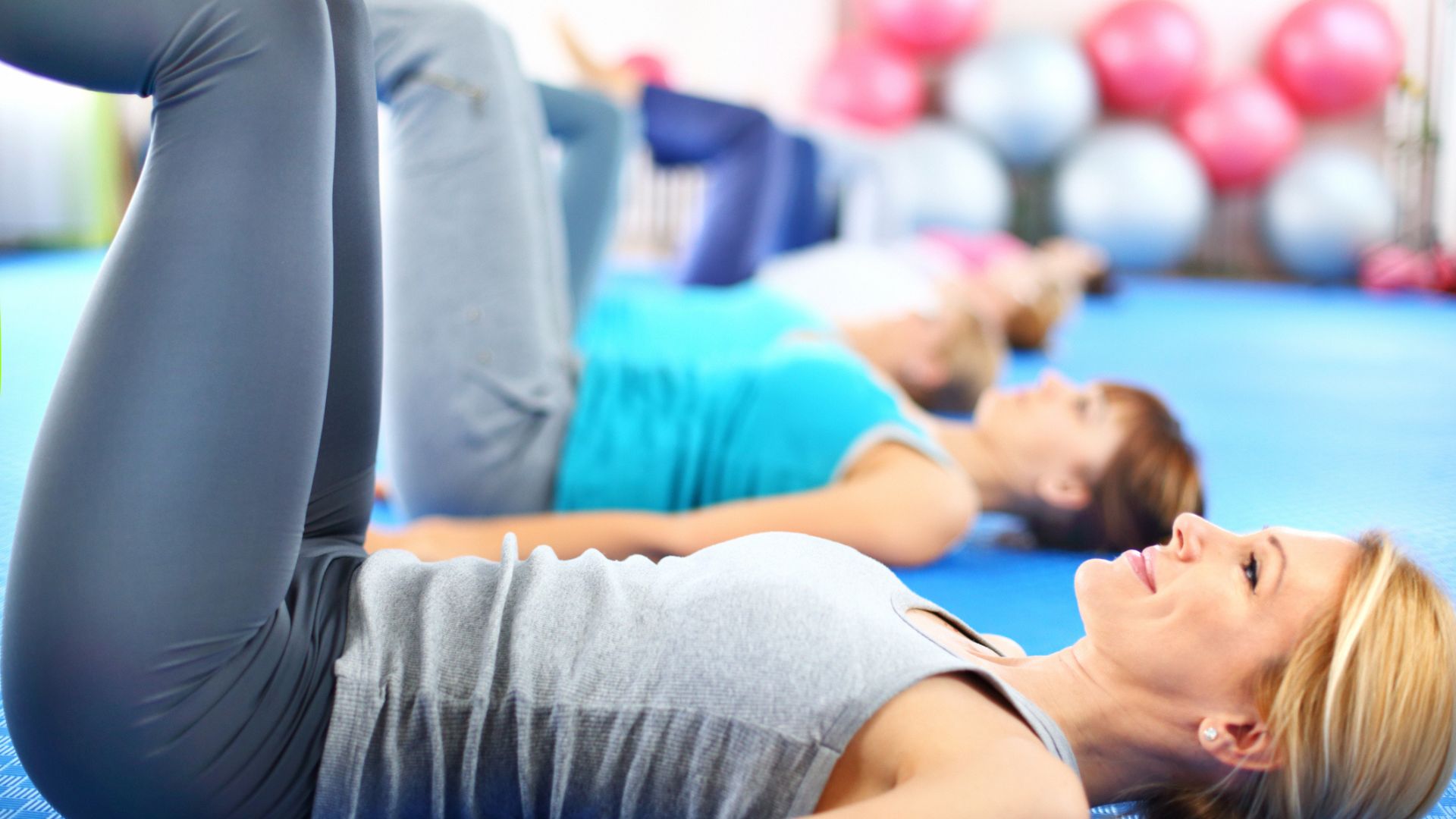 A Pilates instructor says this is the beginner-friendly core exercise everyone should try
A Pilates instructor says this is the beginner-friendly core exercise everyone should tryForget crunches, this is the perfect foundation move
By Alice Porter Published
-
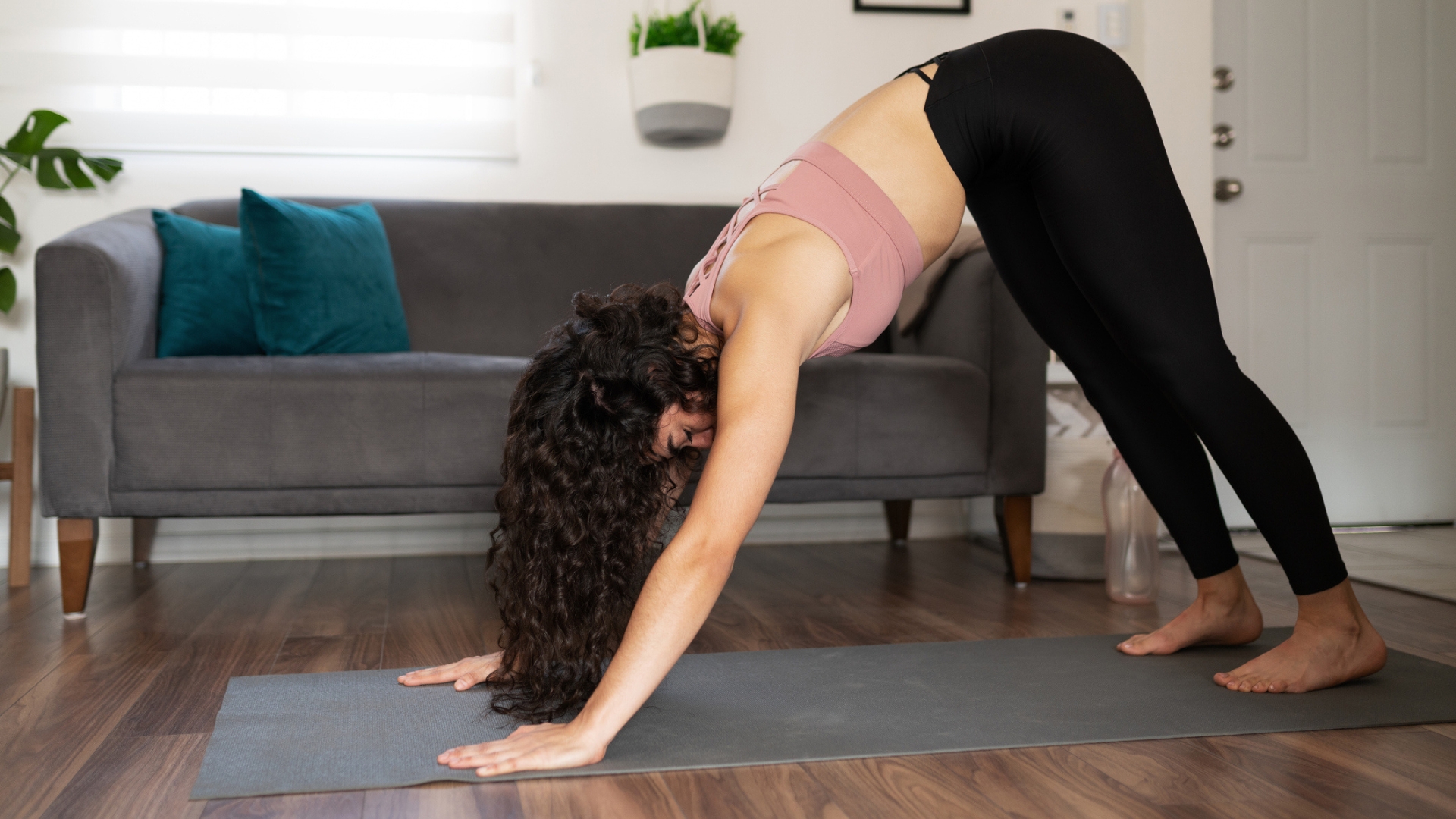 Prevent poor posture and release tension from sitting down with these four simple stretches from a yoga instructor
Prevent poor posture and release tension from sitting down with these four simple stretches from a yoga instructorThe daily poses he swears by, no matter what
By Alice Porter Published
-
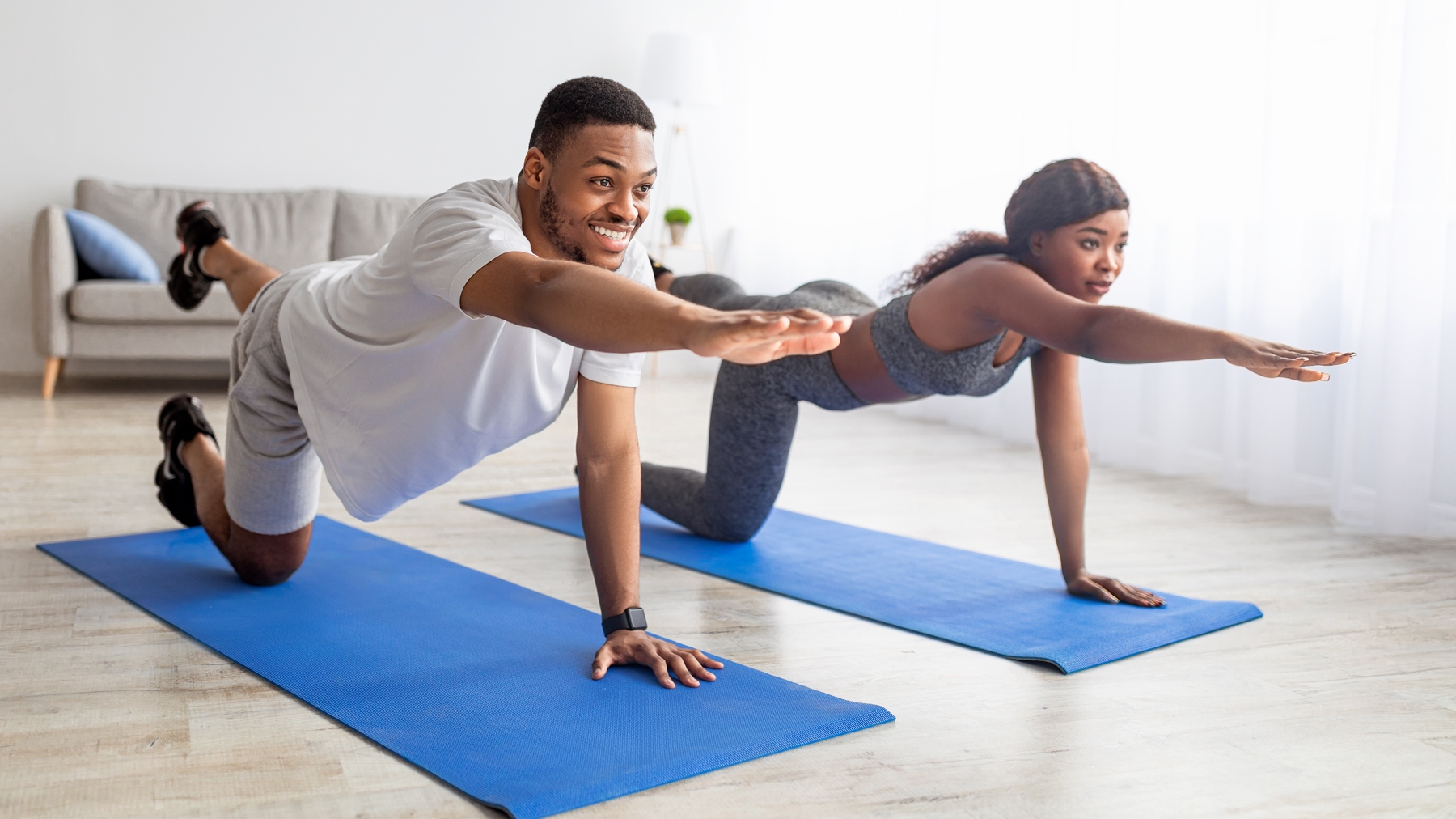 You only need five moves to tone your abs and build core strength
You only need five moves to tone your abs and build core strengthWorkout These bodyweight exercises will help you carve out abs and develop core muscle strength
By Jessica Downey Published
-
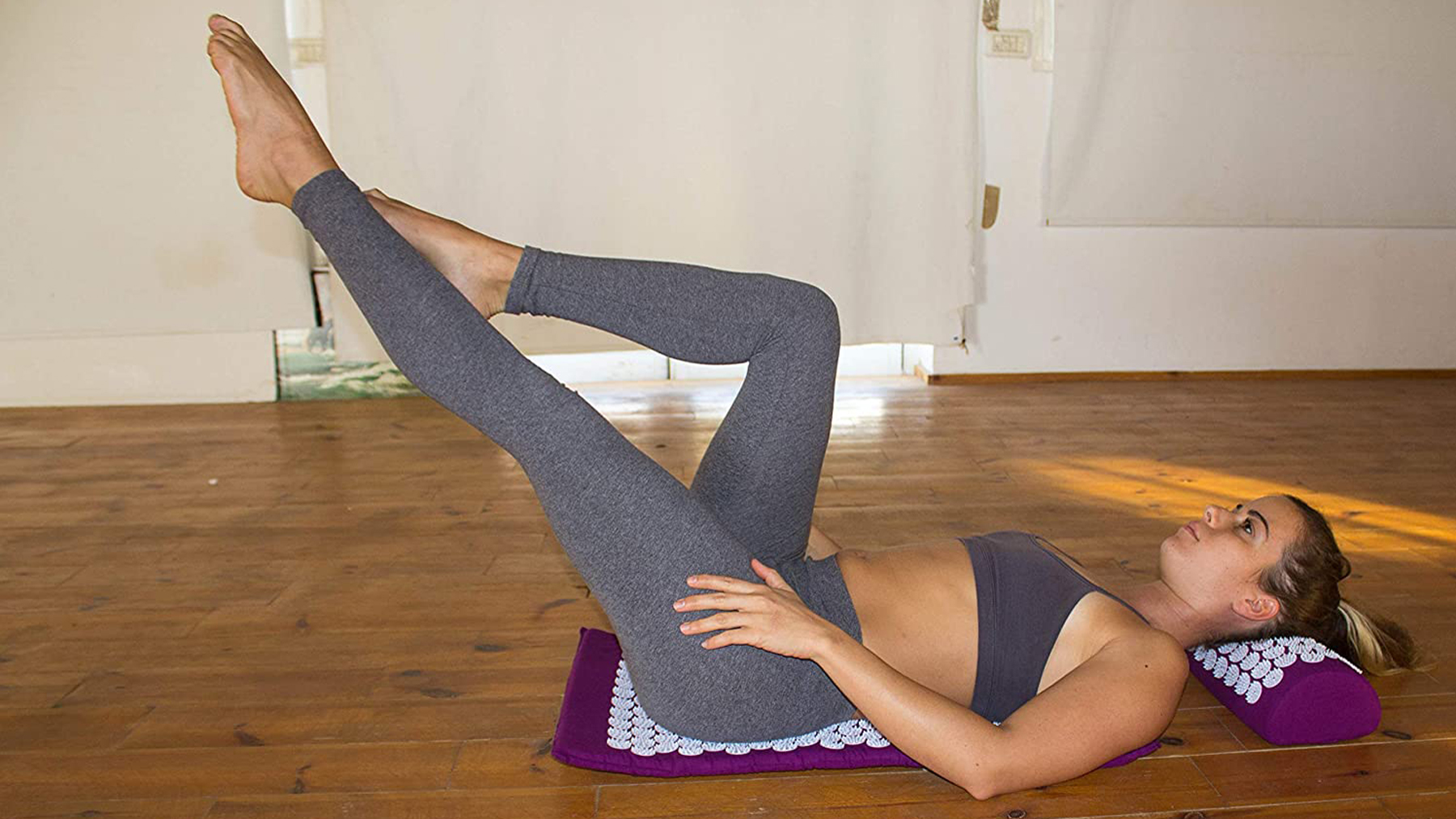 This acupuncture mat meant I saved on massage appointments, and now it's 37% off
This acupuncture mat meant I saved on massage appointments, and now it's 37% offDeal Amazon has discounted $23 from the acupuncture mat that saved me from ever booking a massage appointment again
By Jessica Downey Published
-
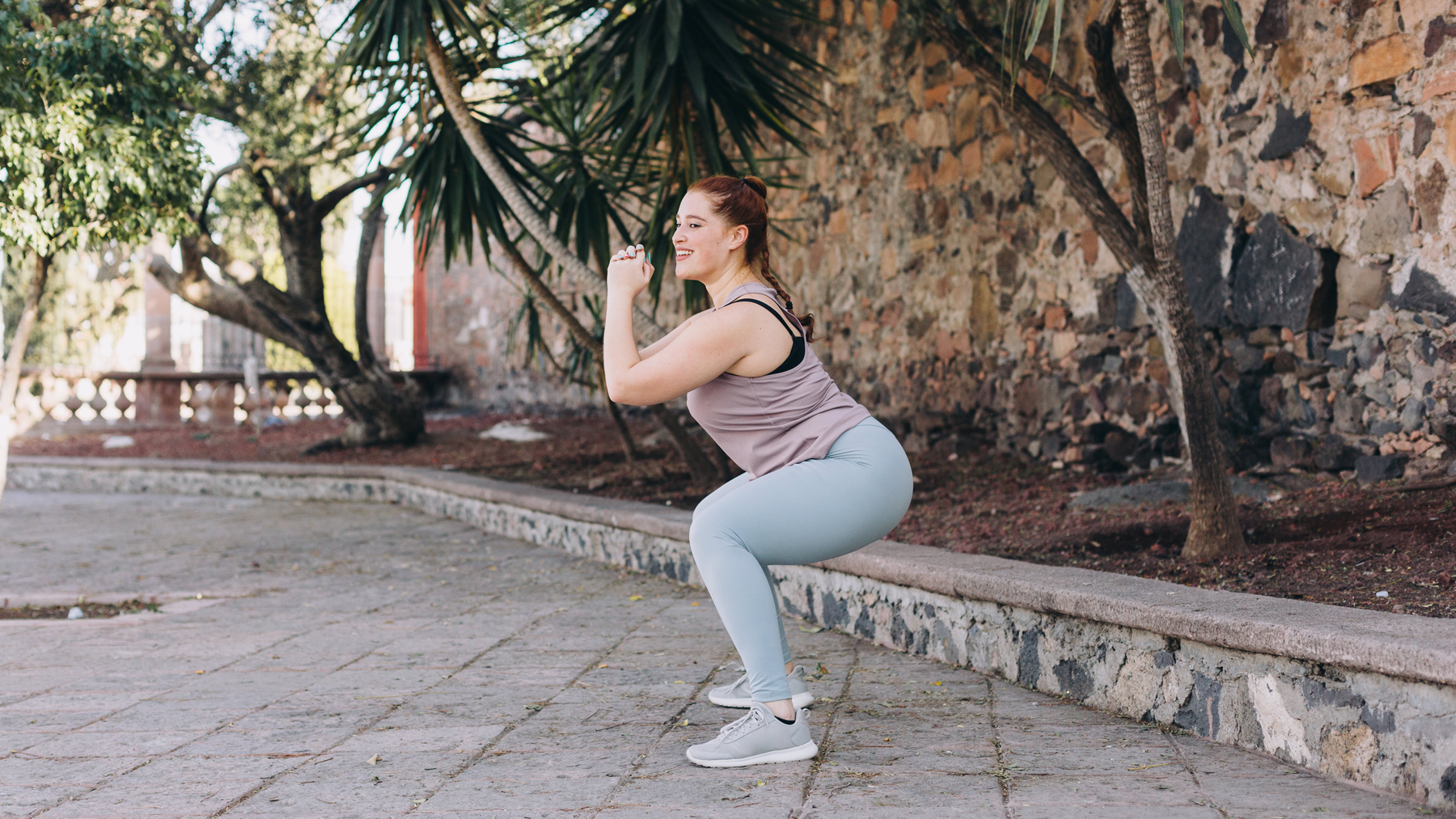 Build muscle in your legs and glutes in just 10-minutes with this quick squat challenge
Build muscle in your legs and glutes in just 10-minutes with this quick squat challengeWorkout This squat challenge creates a real leg and glute burn for when you're short on time
By Jessica Downey Published
-
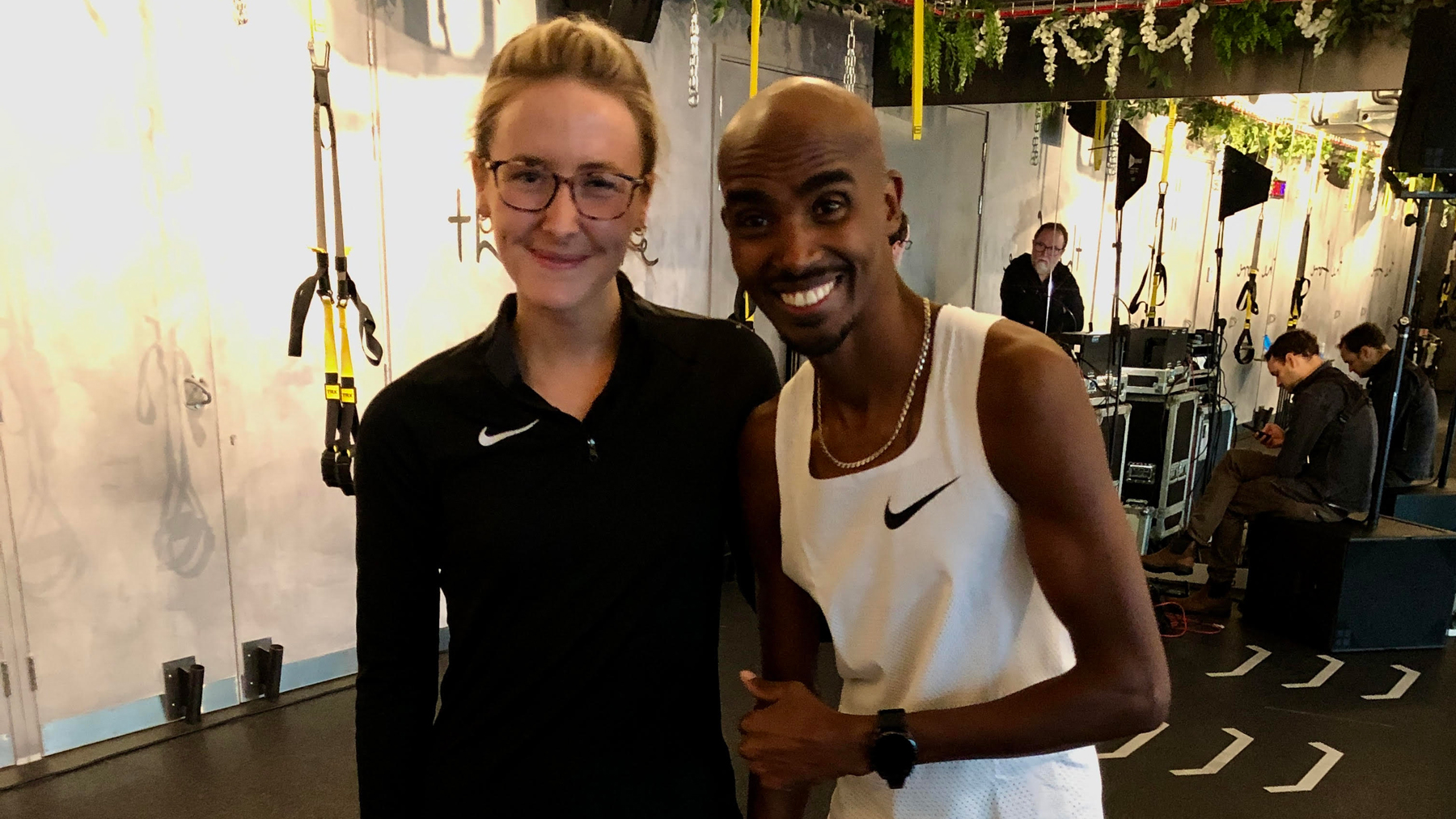 I trained with Mo Farah to test out the Huawei GT3, and now it's 29% off
I trained with Mo Farah to test out the Huawei GT3, and now it's 29% offDeal Walmart has slashed the price on the Huawei GT3 watch: the fitness tracker with Sir Mo Farah’s seal of approval
By Jessica Downey Published
-
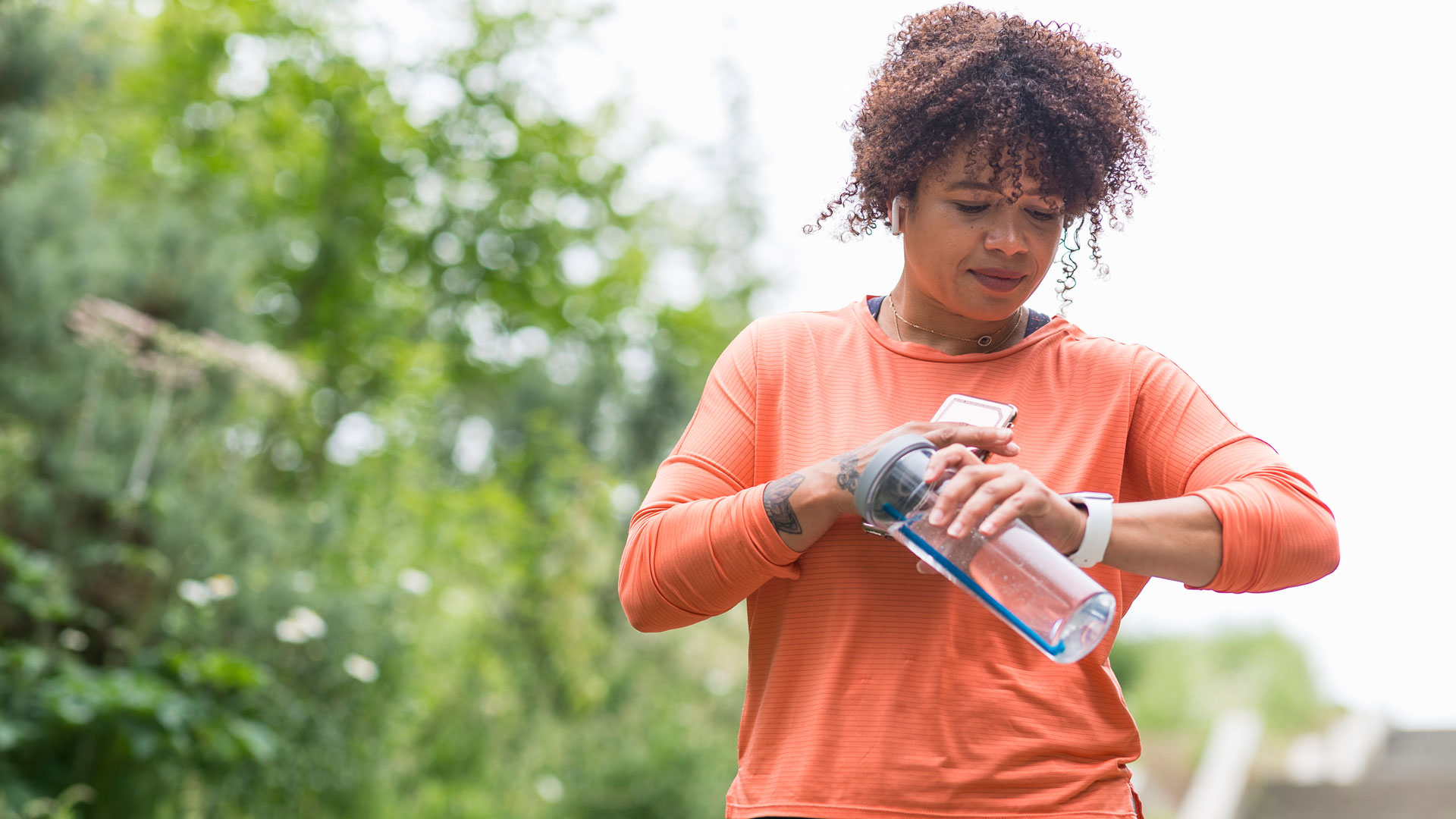 Walking workout for weight loss
Walking workout for weight lossWEIGHT LOSS This expert-approved walking workout is great for burning fat and improving your fitness
By Lucy Miller Last updated
-
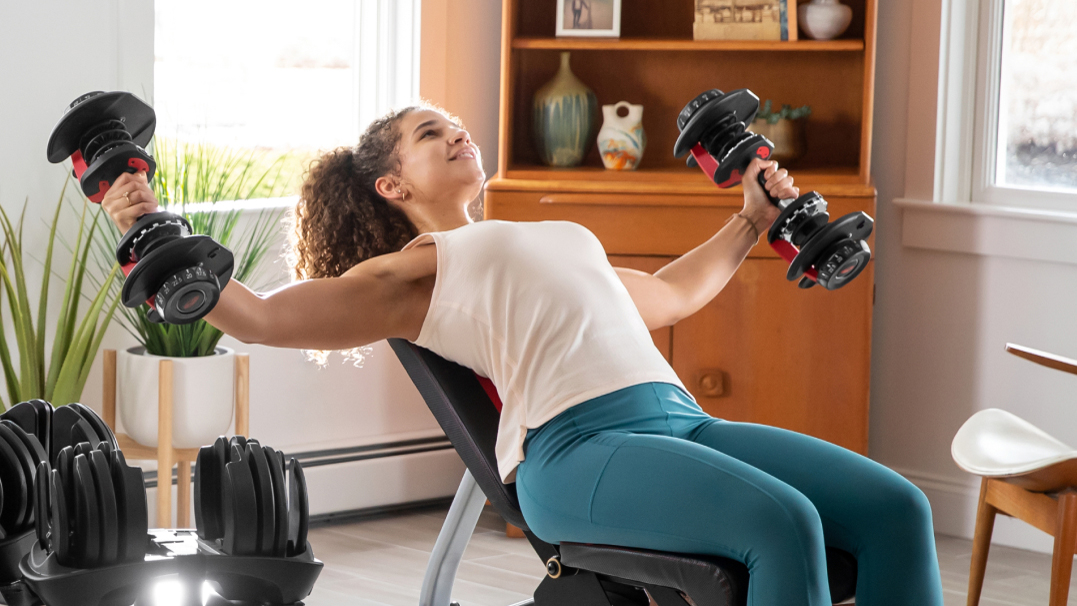 Adjustable dumbbells saved my workouts, and this top Bowflex set is $100 off for today only
Adjustable dumbbells saved my workouts, and this top Bowflex set is $100 off for today onlyDeal Save 23% on Bowflex's 52.5lb SelectTech 552 adjustable dumbbells right now at Best Buy
By James Frew Published